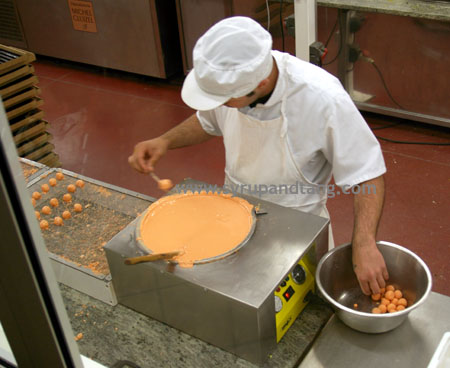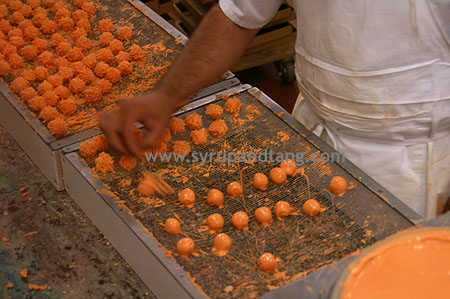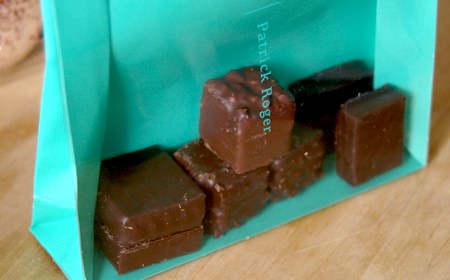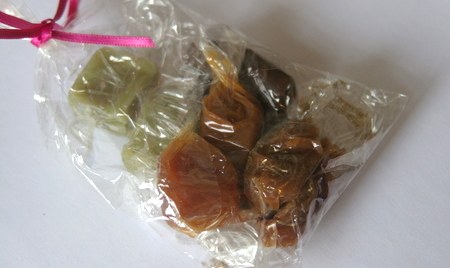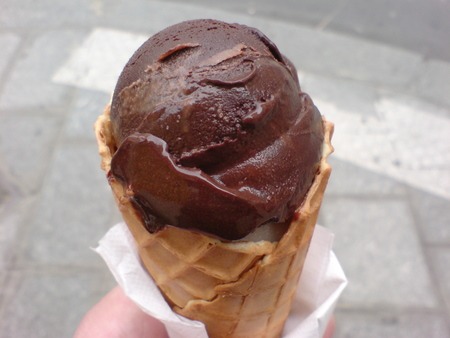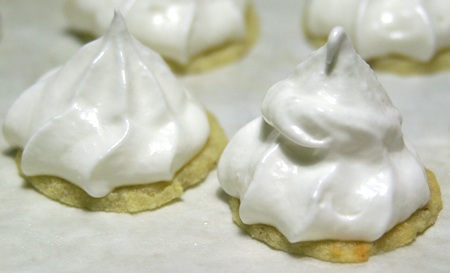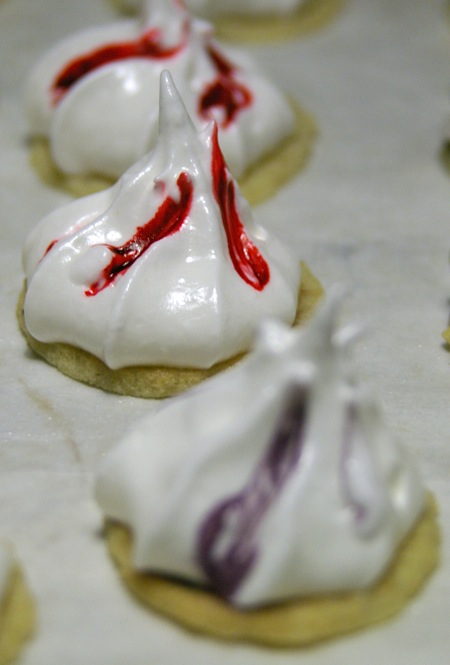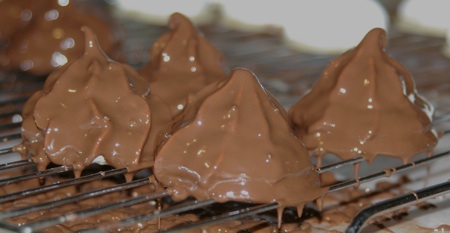A gorgeous Easter in Melbourne came, lasted a little longer than usual (extra public holiday), and went, leaving us full of bready and chocolatey goodness. For me, this Easter brought memories of childhood joy and contemporary disappointment, alongside my special Hot Heathen Buns.
While supermarkets tout “fruitless” hot cross buns for Easter (indeed aptly named rubbish!) and food mags feel the need to bling up the buns – what was it in Epicure this year? Apricot and cardamom, for god’s sake – I prefer big puffy peely curranty joys of Hot Heathen Buns:

For reasons unknown, this year’s buns were free of marauding devil-chicks.
Now onwards to childhood memories… I have had a long-standing addiction to Cadbury Creme Eggs. Back in the days before they were available in Australia, I had the dubious advantage of spending part of my primary school years in the UK, where Creme Eggs were available all year round (if memory serves me correctly). Heaven. I’ve always liked food with (pleasant) surprises inside, so a chocolate egg with white and yellow fondant is quite the thing for me. In fact, this love of things with innards probably explains why I find Easter eggs so disappointing nowadays. The opportunity to crack open an egg to get at the yummies/yumminess inside is pretty limited nowadays, as this kind of product barely exists anymore except at the most stylish end of the market.

When Cadbury Creme Eggs appeared in Australia in the early 1980s it was like a gift from a higher being, albeit only once a year for a limited Easter season. This particular food-fanatic-to-be was more than a little choccy-joyful. Although I can’t remember the exact year of introduction, I clearly recall even more joy at discovering in my final year of high school that Target had discounted their Creme Eggs by more than 50% after Easter. I bought sixteen of them, consuming them in three days whilst huddled over a column heater (my parents’ house was an icebox) studying for mid-year exams.

In stark contrast, recent years have brought a waning of my enthusiasm for my treasured Creme Eggs. As my consumption of good chocolate has increased, I’ve found Cadbury Dairy Milk less and less pleasant. And so, it might be the case that 2011 marked my last Cadbury Creme Egg.
(As a side note, the southern hemisphere Cadbury Creme Eggs (they were made in New Zealand at first, not sure about now) are bit different from the Mother Egg. In the UK, the fondant in the eggs is smooth and somewhat runnier, but the chocolate is the foul British Cadbury Dairy Milk, even further removed from “chocolate” in my opinion.)


Perhaps as an attempt to find a surrogate comfort egg, this year I also returned to Red Tulip Humpty Dumpty. Never the best egg, it nonetheless always had the charm of containing chocolate beanies. I might be mistaken, but I think at one point that charm was spolit when the beanies were put in a plastic bag inside the egg… whether or not that’s a false memory, I can tell you they are now free-rattling beanies. The chocolate isn’t great, but it’s more pleasant than much other cheap Easter egg chocolate.
I wonder what I should turn to next year…



